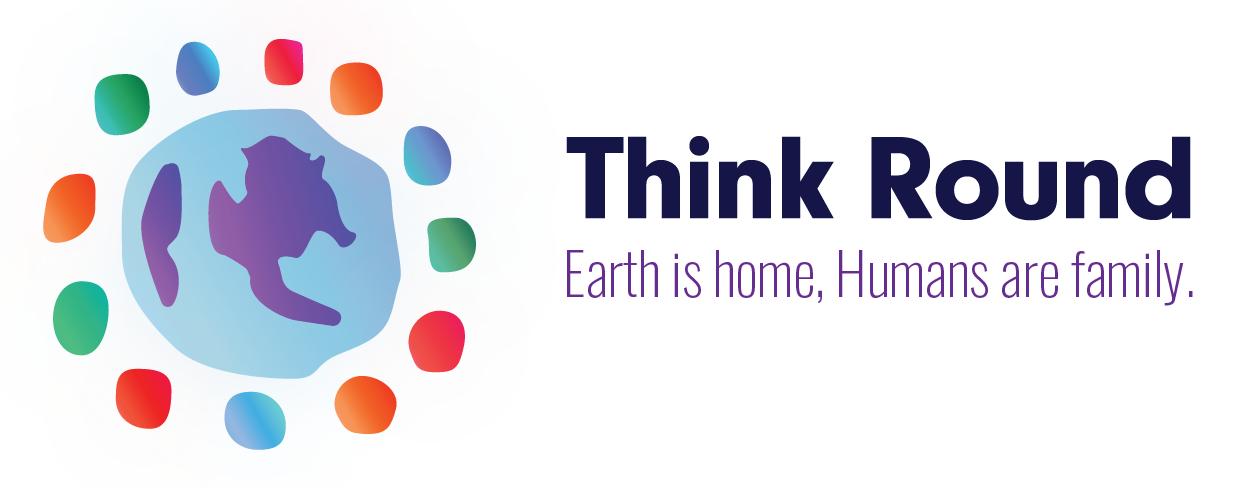How the Pandemic Has Affected the Art Industry
By Brenna Parker, Think Round Fine Arts Online, March 29 2021
Georges Mathieu, Cardamine (Sotheby's)
Let’s face it, this year has been challenging for everyone. COVID-19 has strained emotions, physical well-being and any sense of certainty in the world. Not much could have been done to prepare global markets for the upheaval they would face in March of 2020. The art market, which had been dealt obstacles even before the pandemic, is no exception.
The arts industry as a whole spans across a vast range of industries – whether it be film, advertising, visual, digital, or fine arts. It also covers specific vocations such as musical performers, graphic designers, media creators, and more.
The global art market was not in the greatest position to begin with in terms of its COVID-19 effects. It held a value of 64.1 billion in 2019 and was down 5% the year prior, with sales from China (third largest art market share location) down 10% (Barclay, Del Pizzo).
These dips in sales were set back even further due to the pandemic. With limited gatherings, spikes in unemployment, and changes in consumer preferences, the arts sector as a whole was under intense economic stress. Auction rooms, accounting for 37% of 2019 sales, had to close (Barclay, Del Pizzo). Arts promotion was chiefly shifted to online platforms, those of which half of a study of art collectors did not prefer (see A Gallery's Shift to Art Online).
Compared to other industries, arts have faced especially vulnerable economic challenges in facing the pandemic. For one, “The National Endowment for the Arts analysis of American Community Survey data has revealed that artists are 3.6 times more likely to be self-employed” (National Endowment for the Arts). With sales down and many art related events postponed or cancelled, this puts a potentially very serious financial burden on artists. Moreover, this creates a weaker means to access employer-provided healthcare, putting self-employed artists at higher economic, physical, and mental risk.
Gino Severini, Zeus Partorito dal Sole (Zeus Born of the Sun) (Sotheby's)
Although artists appear to have been stretched to all limits, there is a silver lining on the horizon. Many artists, auction houses and art dealers have succeeded in advancing their proficiency in regards to digital platforms, media promotion and honing in on analytics and data-driven decisions. This past year has proven to be one of scrutiny for artists and all industries alike. In the long run, this abrupt adjustment has stimulated growth which may have taken years to achieve under other circumstances.
COVID-19 has shown to be a driver in all kinds of rapid changes, both positive and negative. Nevertheless, an organization’s ability to process these changes, adjust accordingly, and sufficiently plan ahead will best enable it to survive.
Sotheby’s, one of the world’s most prominent auction houses, has exemplified an anticipated digital shift as they maintained 129 fully online sales in 2019 (Barclay, De Pizzo).
Sotheby’s chairman of the fine art division, Amy Cappellazzo, said, “The market is like the weather; you can’t fight the weather, you can just learn to be smart and predicting a little bit or prepare yourself for it but you have to sort of go with the force of the market itself.”
Amy’s advice extends past art industries and into life itself. No one can predict what next month, year, or even tomorrow will hold, and there is no doubt that COVID-19 reminded everyone of this. But as long as individuals have the right tools to react and recover to whatever life presents, we will survive.


